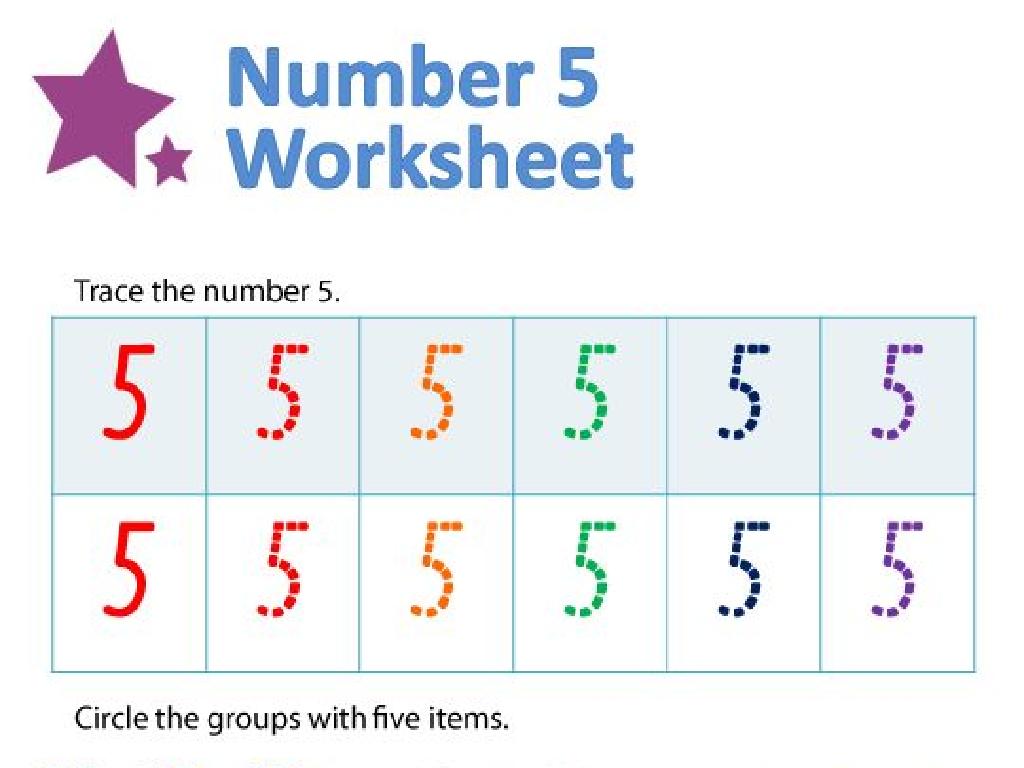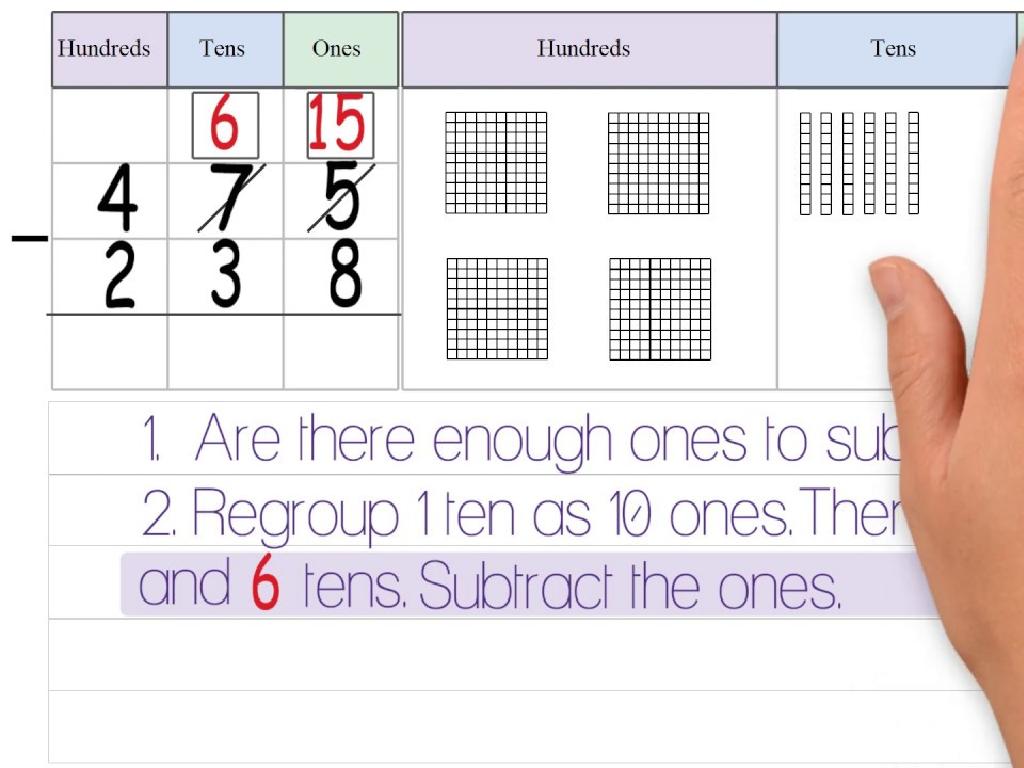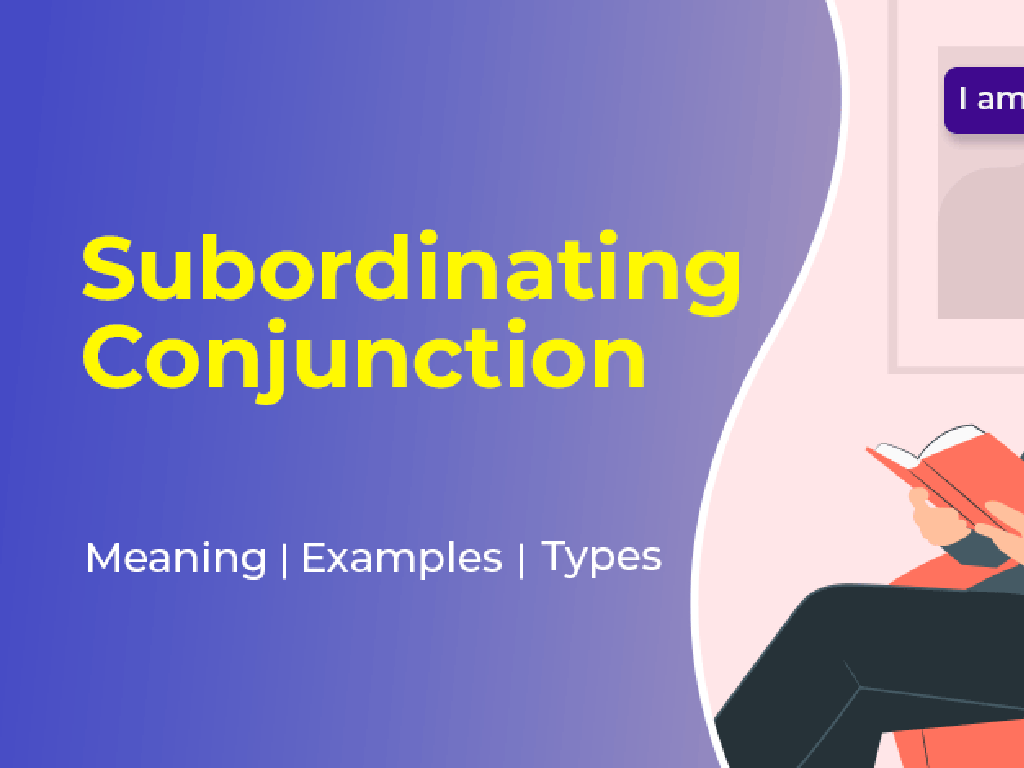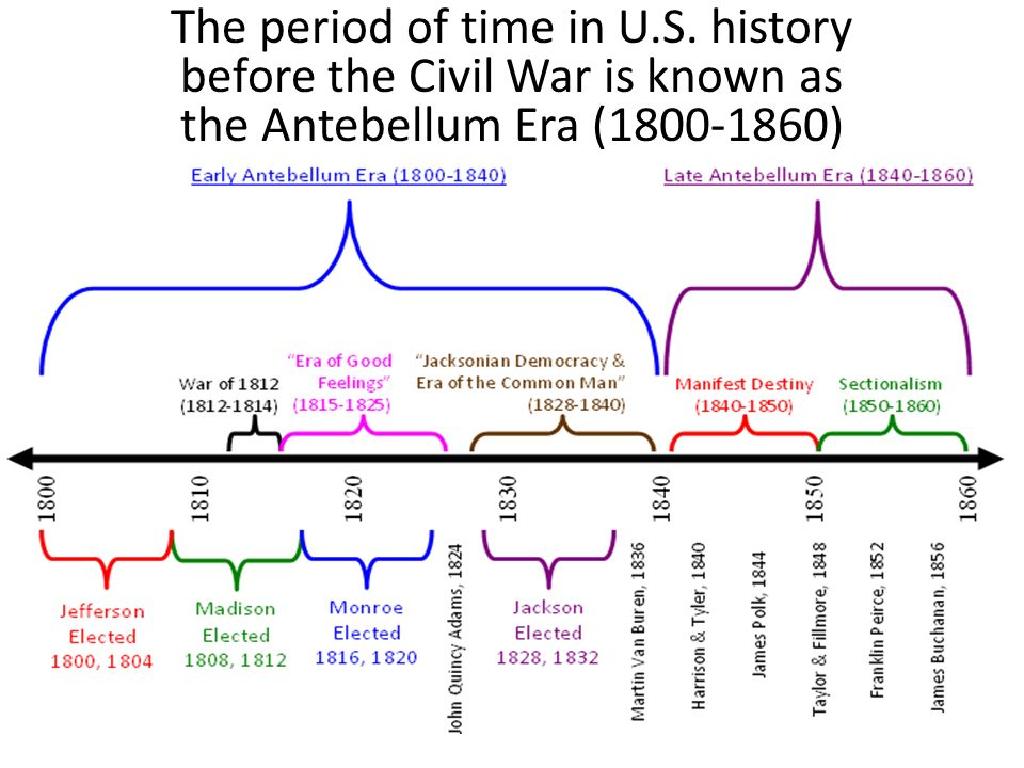Solve Problems Using Magnets
Subject: Science
Grade: Third grade
Topic: Engineering Practices
Please LOG IN to download the presentation. Access is available to registered users only.
View More Content
Welcome to the World of Magnets!
– Discover what magnets are
Magnets are objects that can pull or push certain metals.
– Explore the importance of magnets
Magnets are used in many tools we use every day.
– Learn about magnetism
Magnetism is the force that makes magnets attract or repel things.
– Engage in magnet activities
|
Begin the lesson by introducing magnets and discussing their basic properties. Explain that magnets are materials that can exert an invisible force called magnetism, which allows them to attract certain metals like iron, nickel, and cobalt. Discuss how magnets are important in everyday life, being used in various devices like refrigerators, compasses, and even in sorting recyclable materials. Provide examples of magnetism in action, such as using a magnet to pick up paper clips. Plan a few simple activities where students can use magnets to solve problems, like creating a fishing game with paper fish and paper clips, or using a magnet to clean up a box of mixed metal and non-metal objects.
Understanding Magnets
– What is a magnet?
– An object that pulls metals like iron
– Magnets have two poles
– Every magnet has a North and a South Pole
– Opposite poles attract
– North Pole and South Pole pull towards each other
– Like poles repel each other
– Two North Poles or two South Poles push away
|
Begin the lesson by explaining what a magnet is and how it can attract certain metals, such as iron. Show the students a variety of magnets. Point out the two ends of a magnet, which are called poles, and explain that one is the North Pole and the other is the South Pole. Use magnets to demonstrate how opposite poles attract each other, while like poles repel. You can use bar magnets to show attraction and repulsion. Encourage students to think about how magnets are used in everyday life and to come up with examples of how opposite poles attract, such as in refrigerator magnets or in magnetic clasps on purses or jewelry.
Exploring Magnetic Materials
– Not all materials are magnetic
– Discover magnetic materials
– Let’s explore which classroom items are attracted to magnets!
– Activity: Predict magnetic objects
– Guess which items will stick to a magnet
– Test objects with a magnet
– Use a magnet to test your predictions
|
Begin the lesson by explaining that magnets only attract certain types of materials, such as iron, nickel, and cobalt, and not all objects are magnetic. Encourage the students to think about and predict which objects around the classroom might be magnetic. Provide a variety of objects for the students to test with magnets, such as paper clips, coins, rubber bands, and pencils. Have them record their predictions and the results of their tests. This activity will help them understand the concept of magnetism through hands-on learning. It’s also a great opportunity to introduce the scientific method by making predictions, testing hypotheses, and observing outcomes. Prepare to discuss why some materials are magnetic and others are not, and relate this to the materials’ properties at an atomic level, in a way that’s understandable for third graders.
How Do Magnets Help Us?
– Magnets are in daily items
– Fridge magnets, compasses, toys
– Magnets hold notes on fridges, compasses for direction, toys for fun
– Think of more magnet examples
– Maybe in your bag or on a train?
– Discuss how they make life easier
– Magnets help in many ways, like keeping doors closed
|
This slide aims to help students recognize the presence and importance of magnets in everyday life. Start by explaining that magnets are not just for sticking things to the fridge; they are also in devices that help us find our way (compasses) and in many toys. Encourage the students to think of other examples where magnets are used, prompting them to consider everyday objects they interact with. This discussion will help them understand the practical applications of magnets and how they solve problems in various engineering fields. As an activity, students can bring magnet-containing items from home to share with the class, fostering engagement and curiosity about the role of magnets in technology and everyday items.
Exploring Magnetic Fields
– Magnets have invisible fields
– Fields are strongest at the poles
– Visualize fields with iron filings
– Sprinkle iron filings around a magnet to see the field lines form
– Activity: Field discovery with filings
|
Begin by explaining that every magnet, no matter the size, is surrounded by a magnetic field that is invisible to the naked eye. Emphasize that the magnetic field is strongest at the ends of the magnet, which are called the poles. For the activity, provide each student with a magnet, a sheet of paper, and iron filings. Guide them to sprinkle the filings lightly over the magnet (covered by the paper to avoid a mess) to reveal the outline of the magnetic field. Discuss the patterns formed by the filings and what this indicates about the strength and direction of the field. This hands-on activity will help students visualize and understand the concept of magnetic fields.
Solving Problems with Magnets
– Magnets solve real-world problems
– Example: Recycling center separation
– Magnets pull out metals, making recycling easier and faster.
– Think-Pair-Share activity
– Pair up, think how magnets help us, then share with the class.
– Discuss other uses for magnets
|
This slide introduces students to the practical applications of magnets in solving everyday problems. Begin by explaining how magnets are not just for sticking things on the fridge, but they have many uses in the real world. For instance, in recycling centers, magnets are used to separate metal objects from other materials quickly and efficiently. Engage the students in a Think-Pair-Share activity where they pair up, brainstorm different problems that can be solved using magnets, and then share their ideas with the class. This activity encourages critical thinking and helps students understand the concept of magnetic properties being used in engineering and problem-solving. Provide guidance and examples to stimulate discussion, such as using magnets to clean up metal shavings in a workshop or to hold doors closed.
Class Activity: Magnetic Scavenger Hunt
– Explore with magnets in class
– Test objects to see if they stick
– List magnetic vs non-magnetic items
– Use two columns to sort your items
– Share findings with the class
– Discuss what you discovered
|
This activity is designed to give students a hands-on experience with magnets, helping them understand the concept of magnetism. Provide each student or group with a magnet and instruct them to explore the classroom, testing various objects to see if they are magnetic. They should create a list with two columns, one for magnetic items and one for non-magnetic items. After the scavenger hunt, ask the students to share their findings with the class. Discuss why some objects are magnetic and others are not, linking the activity to the lesson on magnetism. Possible variations of the activity could include finding objects of different sizes, shapes, or materials to test their magnetic properties.
Magnets: Conclusion and Review
– Recap of magnet lessons
– Magnets in daily life
– Magnets are used in many household items like fridges and door latches.
– Solving problems using magnets
– Think of ways magnets could help organize or clean up spaces.
– Class discussion and thoughts
|
As we conclude today’s lesson, let’s review what we’ve learned about magnets. We explored how magnets attract certain metals and how they have poles that repel or attract each other. We discussed the importance of magnets in everyday life, such as in appliances, toys, and even in sorting recyclable materials. Now, let’s get creative and think about problems we can solve with magnets. Can magnets help us keep our desks tidy, or perhaps make a game more fun? Encourage the students to share their ideas and understand that engineering often involves using simple concepts, like magnetism, to create innovative solutions to everyday problems.






